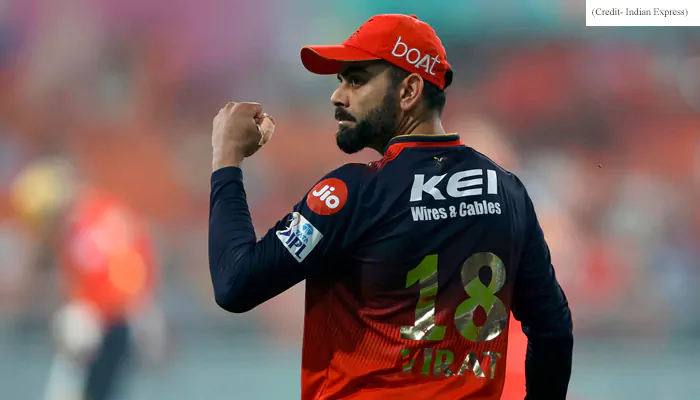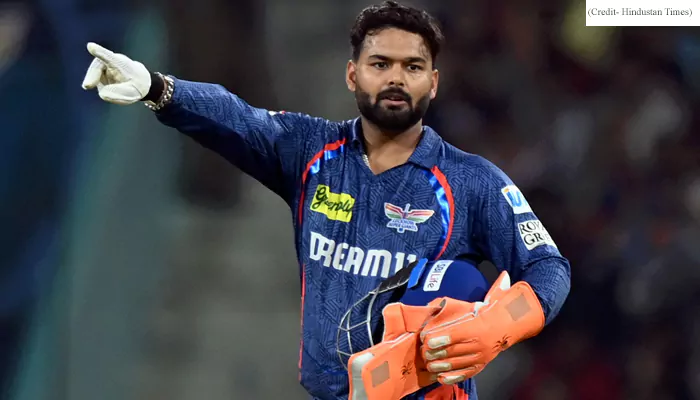Unveiling The Curtain: A Day In The Life Of A Local Athletic Event Organiser
- Admin
- 1 year ago
- 3 minutes read

Navigating the Challenges, Celebrating the Victories
Putting together a neighbourhood sports event takes a lot of planning, coordination, and attention to detail. A day in the life of a local athletic event organiser is full of different tasks, from planning the details to making sure the event runs smoothly.
The manager usually gets ready for a busy day early in the morning, sometimes before sunrise. The first thing that needs to be done is to check out the place. This means making sure that all of the facilities are in great shape, from the playing fields to the places where people can watch. Any problems that come up out of the blue, like a broken sign or damaged equipment, need to be fixed right away so the event doesn't get interrupted.
The next thing on the list is working together with different partners. The event manager talks to the local government, emergency services, and sponsors to make sure that everyone is on the same page about how to run the event safely and how it will work. It is important for everyone to be able to understand each other, and the manager makes sure that everyone is on the same page about things like parking, security, and medical services.
As the event gets closer, the manager makes sure that things like tents, barricades, and signs are set up correctly. This careful planning makes sure that the event area is not only useful but also nice to look at. Sponsor banners are put in a way that makes sense, and vendors are given specific spots so that the event runs smoothly for both participants and onlookers.
While these things are being set up, the organiser also has to deal with last-minute applications and questions from participants. For check-in to go smoothly, the registration desk needs to be well-organised, and the organiser makes sure that workers are trained to handle the large number of people who arrive.
Technology is a very important part of current sports. The organiser is in charge of setting up the scoreboards, timing systems, and live video gear. Any problems with these systems could cause chaos, so they are tested thoroughly to fix any problems that might come up before the event starts.
As the event's start time draws near, the manager turns his attention to crowd control and safety. Volunteers are placed in strategic places to help participants and onlookers find their way, and exits in case of an emergency are clearly marked. Any problems that come up out of the blue, like bad weather, need quick decisions to make sure everyone's safety.
Communication is still very important, and the manager should be the first person people talk to about any problems that come up. Being able to change your mind quickly is helpful during a big event. When unexpected things happen, like the weather changing quickly or a participant getting hurt, you need to be able to think quickly and move quickly.
Once the event is over, the manager changes gears to finish up activities. This includes making sure that all participants get their medals or awards, arranging the takedown of infrastructure, and doing surveys after the event to get feedback.
Even though there are problems, the neighbourhood athletic event organiser gets a lot of satisfaction from seeing an event go well. The happiness on the faces of the people who took part, the sense of community that was created, and the good feelings that were generated for local businesses and donors are all signs of a job well done.












